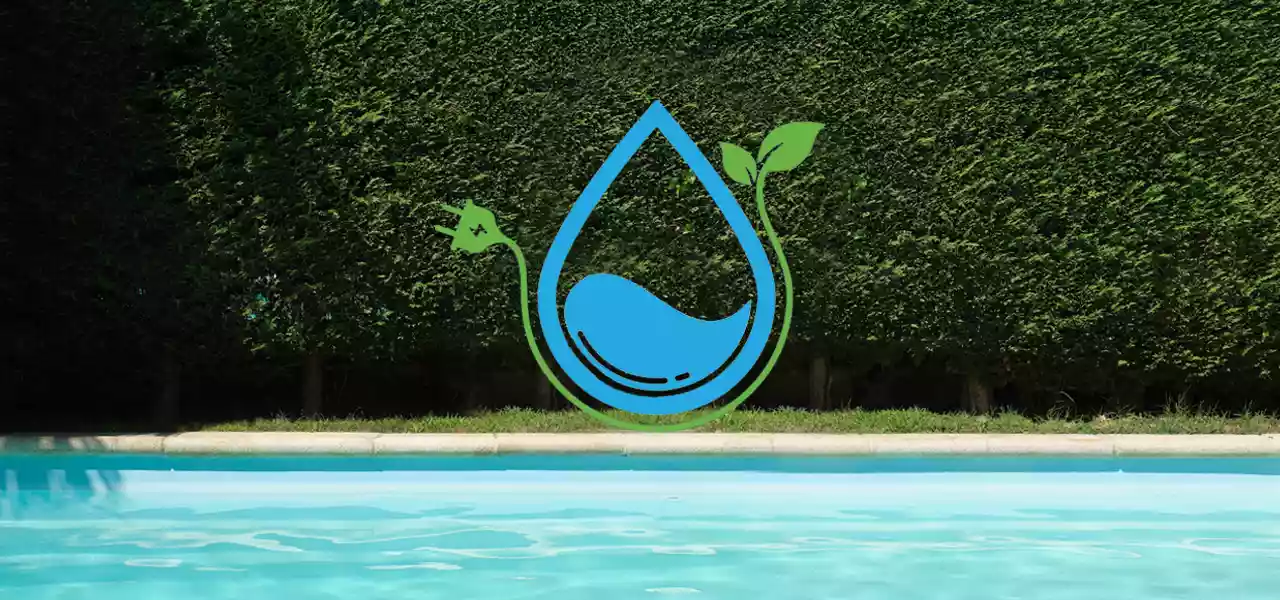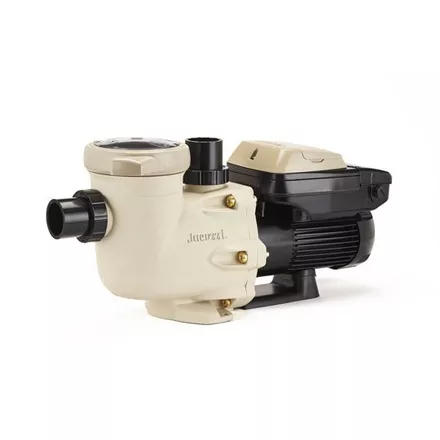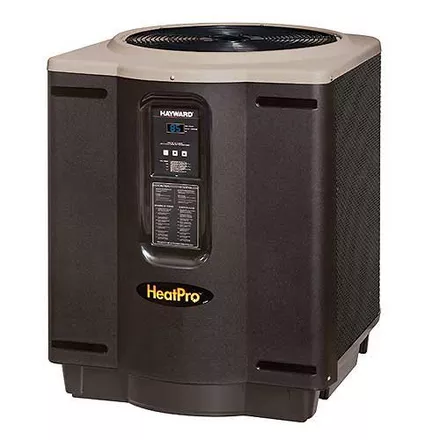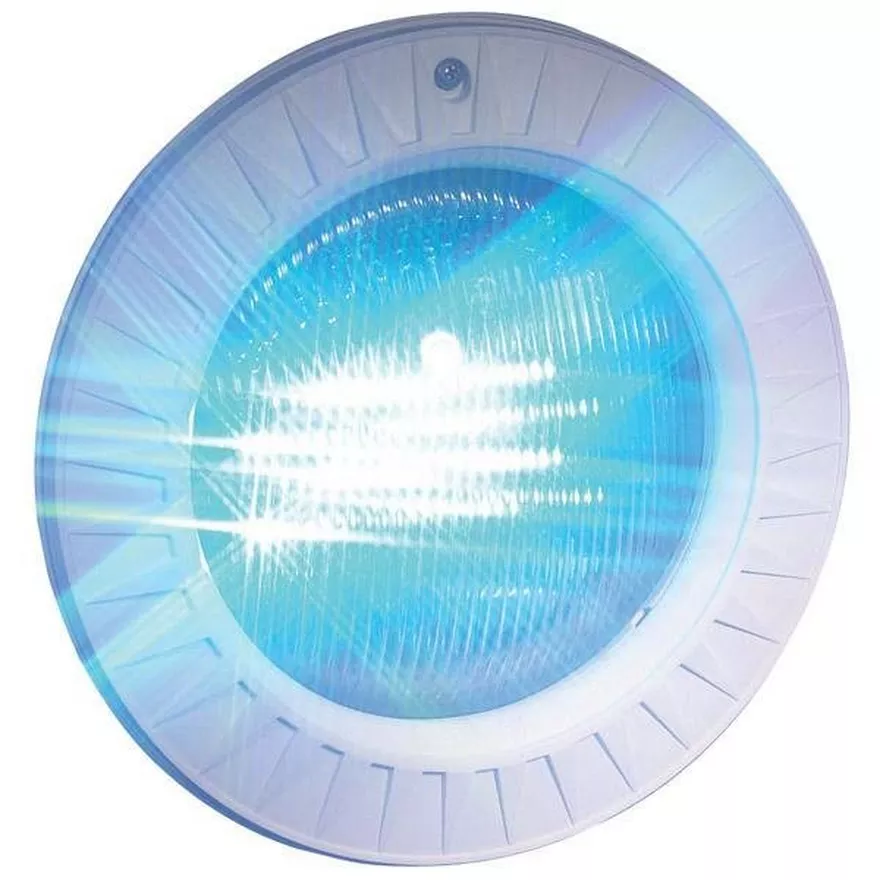FREE Standard Shipping On All Orders $100 or More!*

Energy Awareness Month: 6 Ways to Save Around the Pool
Summer is heading into the homestretch, and with fall on the horizon, now is a great time to think about your pool's energy efficiency. Why? Well, because October is National Energy Awareness Month — aimed at promoting the importance of energy sustainability. In this article, we dive into a few simple ways to increase your pool's energy efficiency and reduce its environmental impact. So let's discuss why having a "green pool" isn't always a bad thing!
6 Ways to Reduce Energy Costs and Increase Your Pool's Efficiency
Swimming pools offer enormous benefits to pool owners and are an invaluable addition to anyone's backyard. Whether relaxing in the sun or spending quality time with family and friends, pools provide people with a way to have fun, stay fit, and wind down.
However, while the advantages of pools are many, it's important to know that pools can have a significant impact on the environment. From water use to energy consumption, it takes numerous resources to properly maintain a swimming pool. But thankfully, there are quite a few ways to reduce the impact your pool has on the environment, without reducing its well-being.
1. Upgrade to a Variable Speed Pool Pump

Your pool pump is the beating heart of your pool, responsible for circulating the water and distributing chemicals. Without a hard-working pump, your pool will quickly turn into an algae-filled swamp. Ensuring your pool water receives enough circulation is one of the first steps to maintaining a safe, healthy pool. That's where variable speed pool pumps come into play.
In recent years, single speed pool pumps have been pushed aside in favor of more energy-efficient variable speed pumps. These high-powered, low-energy-consuming pumps allow pool owners to switch between various high or low speed settings. Unlike single speed pumps, which only operate at full speed, variable speed pumps can be adjusted depending on the need.
This feature is particularly beneficial during the hot summer months. While single speed pumps should run 1 hour for every 10°F of air temperature (100°F = 10 hours), variable speed pumps should run roughly 3–4 hours on high, and 8–9 hours on low. So while variable speed pumps may run longer, they use significantly less energy — up to 90% less — because they run on a low speed for the majority of the time.
Still need more proof? Check out our energy calculator! Just plug in your pool's volume, your pump's current horsepower, and select which state you live in. The calculator will show you your monthly and yearly energy savings, as well as the total percent savings.
PRO TIP: Want more information on the benefits of variable speed pumps? We have an article for that! Check out 5 Benefits of a Variable Speed Pool Pump for a deep dive into what makes these pumps so great.
2. Reduce Pool Heating Expenses

Don't worry, we're not asking you to turn your gas pool heater off completely and swim in a freezing cold pool! But consider only using your pool heater when you use the pool. If you're the weekend warrior type, keep the heater off during the week and only turn it back on in time to warm the pool for the weekend. Doing so can save you a significant chunk of change on your monthly energy bill.
Or better yet, invest in a heat pump. These units use electricity, refrigerant, and the surrounding air to heat your pool water, which is a fraction of the cost compared to natural gas or propane. However, heat pumps do have a few disadvantages. While they cost much less to operate than natural or propane gas heaters, they're more expensive to purchase. Additionally, because heat pumps use ambient air to heat the water, most models don't work well in temperatures below 50°F. They don't heat the water as quickly as a gas heater for on-demand heating purposes, but work great for maintaining a consistent pool temperature. Some pool owners will use a gas heater for quick heat-ups, then use a heat pump to keep the temperature consistent throughout the week.
That said, the best way to increase heating efficiency and reduce overall heat energy costs is to keep heat in the pool, which brings us to tip #3...
3. Use a Solar Cover
As the ultimate eco-friendly, energy-saving pool accessory, solar covers help conserve water and significantly reduce heating costs. Solar covers absorb and transfer heat from the sun into your pool water, raising the water temperature by up to 15°F on its own. When coupled with a heat pump or pool heater, solar covers trap heat and keep your pool warmer for longer. Most of a pool's heat is lost to evaporation, and solar covers prevent this by blocking up to 95% of the evaporation from your pool. Aside from saving you money on heat energy, preventing evaporation can save you quite a bit on water and chemical expenses, as well.
4. Invest in a Robotic Pool Cleaner
If you're looking to increase your pool care efficiency, investing in a robotic pool cleaner is the way to go! Their advanced cleaning abilities and ease of use can drastically reduce the time you spend cleaning your pool each week. Furthermore, unlike suction side or pressure side cleaners, robotic pool cleaners run independently of your pool pump. This means your pump doesn't need to be running in order for the cleaner to work, which saves energy. As an added bonus, robotic cleaners bring extra circulation and filtration into your pool, resulting in cleaner, clearer water.
5. Upgrade to LED Pool Lights

A typical 500-watt halogen or incandescent pool light consumes 0.50 kilowatts of electricity every hour of operation. If you have the light on for 3 hours every night, it would use 10.5 kWh per week. LED pool lights, on the other hand, use as little as 14 watts, or a little over 0.1 kilowatts of electricity per hour. At 3 hours per night, that's only 2.1 kWh per week — a pretty impressive difference!
However, keep in mind that the price per kilowatt hour ranges from 5–50 cents, depending on where you live. So, while upgrading to LED lights may not drastically increase your pool's energy efficiency, it will still make an impact. Depending on the upgrade, pool owners can save as much as 85–90% on pool light expenses just by upgrading their halogen or incandescent bulb to an LED light.
6. Switch to a Cartridge Filter
If you have a sand or diatomaceous earth (D.E.) filter, you may not realize just how wasteful these filters can be. Upgrading to a cartridge filter can save you lots of money on water, but can also help maximize the energy efficiency of your pool pump.
When it comes to water savings, cartridge filters can save you thousands of gallons of water per year. Whenever the pressure gauge on a sand or D.E. filter reaches 8–10 psi higher than normal, you must backwash the filter to clean and clear out the system. This process can waste upwards of 500 gallons of water, depending on how long the backwash cycle takes. On the other hand, you don't need to backwash a cartridge filter — simply take the cartridges out and either hose them down or soak them in a cartridge cleaning solution. Either process uses significantly less water than a backwash cycle.
The pleated cartridges inside the filter housing also provide a high surface area, which helps to increase water flow. This setup ultimately puts less strain on the pump. When cartridge filters are used with a variable speed pump, the lower speeds and increased filtration area helps maximize energy savings, and can also improve filtration for cleaner, clearer water.
And there you have it! These 6 ways of reducing your pool's energy consumption can even save you a few dollars along the way! In fact, most of the upgrades listed above will pay for themselves very quickly, over the course of a pool season or two. But there are many more ways you can save money on pool care while also helping the environment. For more ideas, check out the Eco-Friendly Pool Tips category in our blog!